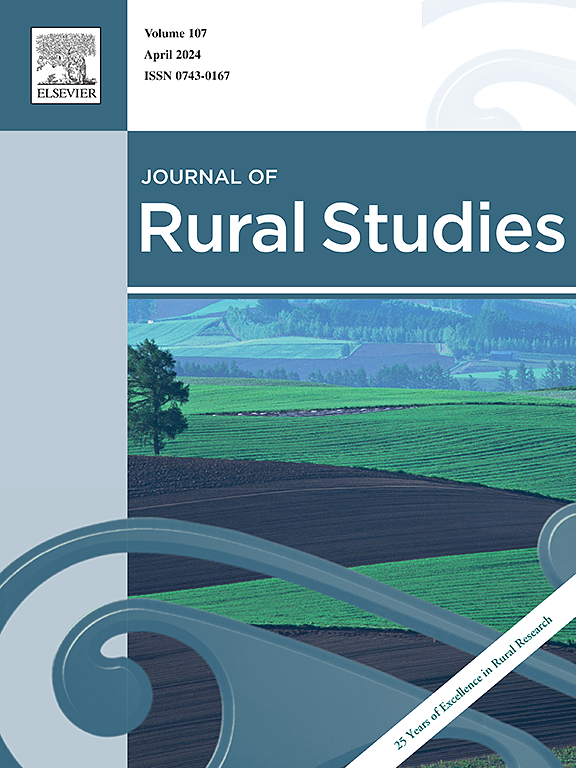城乡公共服务能否带动可持续发展目标的实现?中国典型城乡一体化试验区的实证研究
IF 5.7
1区 社会学
Q1 GEOGRAPHY
引用次数: 0
摘要
公共服务作为低经济社会发展地区可持续发展的重要组成部分,可以提升居民福祉,促进可持续发展目标的实现。在中国,公共服务在城市和农村空间的分配存在显著差异,这些差异尚未得到有效解决,这对可持续发展目标的实现产生了影响。为了明确这种差异的影响,我们在城乡识别空间的基础上,分析城乡公共服务与可持续发展目标的时空演变和差异特征,进一步探讨城乡公共服务对可持续发展目标实现的驱动作用。我们发现,教育文化、医疗卫生和社会保障公共服务在实现可持续发展目标中发挥着重要作用。根据不同城乡空间对可持续发展目标的影响,我们确定了城市核心区和农村地区是关键的城乡驱动空间。我们的研究结果强调了政府在制定公共服务规划政策时采取差异化方法的必要性。这些结果表明,改善城乡公共服务的广泛影响可能在战略上支持区域内外实现可持续发展目标。本文章由计算机程序翻译,如有差异,请以英文原文为准。
Can urban-rural public services drive the realization of sustainable development goals? An empirical study of a typical rural‒urban integration pilot area in China
As a crucial part of the sustainable development of areas with low socioeconomic development, public services can enhance the well-being of residents and advance the realization of sustainable development goals (SDGs). In China, the distribution of public services across urban and rural spaces varies markedly in ways that have not yet been effectively addressed, with implications for SDG achievement. To clarify the impact of such differences, we analyze the spatial and temporal evolution and differential characteristics of urban–rural public services and SDGs on the basis of the urban–rural identification space and further explore the driving impact of urban–rural public services on SDG achievement. We find that education culture, health care, and social security public services play important roles in the realization of the SDGs. According to the impact of different urban‒rural spaces on the SDGs, we identify the urban core and rural areas to be the key urban‒rural driving spaces. Our findings highlight the need for governments to adopt a differentiated approach in the formulation of public service planning policies. These results suggest that the wide impacts of improved urban–rural public services may strategically support the achievement of the SDGs within a region and beyond.
求助全文
通过发布文献求助,成功后即可免费获取论文全文。
去求助
来源期刊

Journal of Rural Studies
Multiple-
CiteScore
9.80
自引率
9.80%
发文量
286
期刊介绍:
The Journal of Rural Studies publishes research articles relating to such rural issues as society, demography, housing, employment, transport, services, land-use, recreation, agriculture and conservation. The focus is on those areas encompassing extensive land-use, with small-scale and diffuse settlement patterns and communities linked into the surrounding landscape and milieux. Particular emphasis will be given to aspects of planning policy and management. The journal is international and interdisciplinary in scope and content.
 求助内容:
求助内容: 应助结果提醒方式:
应助结果提醒方式:


